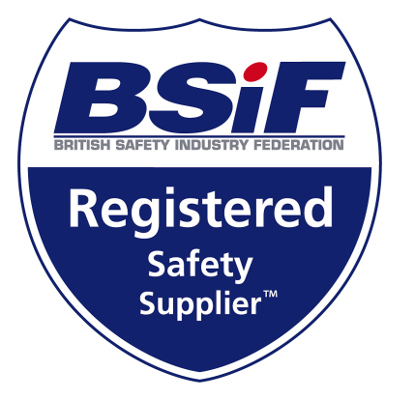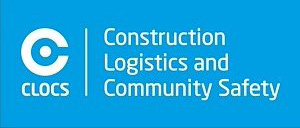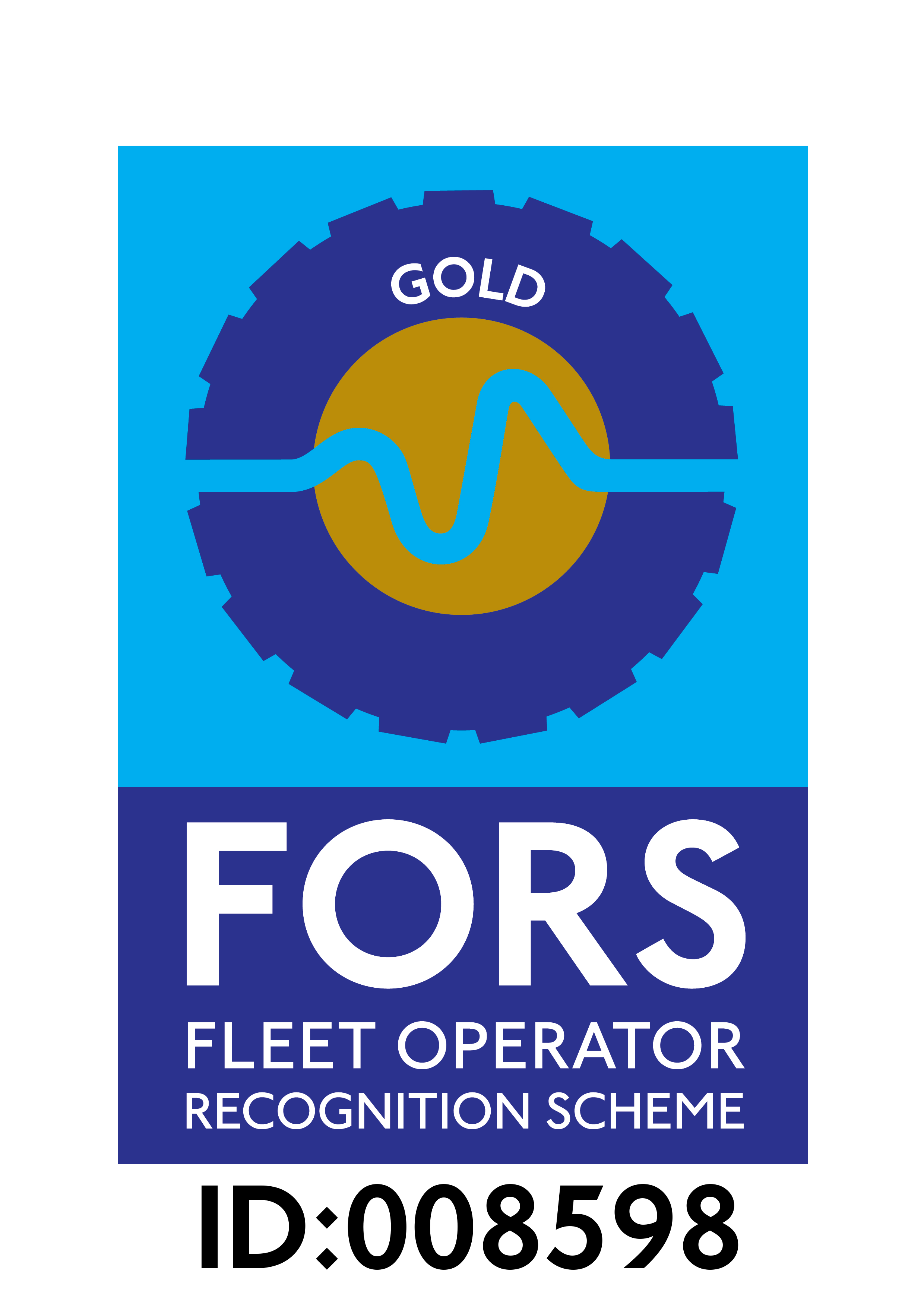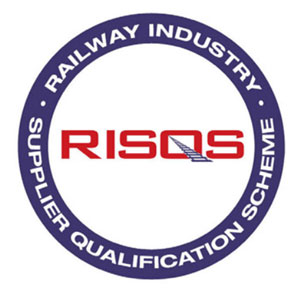Be prepared for spills
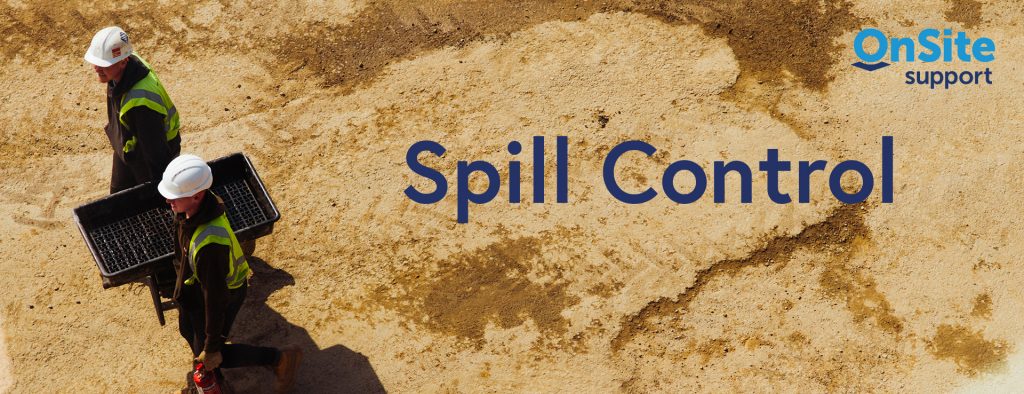 Ensuring a robust plan is in place to deal with accidental spills of chemicals, such as solvents and oils, can help protect the environment and reduce the risk of additional costs, downtime and litigation.
Ensuring a robust plan is in place to deal with accidental spills of chemicals, such as solvents and oils, can help protect the environment and reduce the risk of additional costs, downtime and litigation.
Pollution incidents can be very costly. Fines are unlimited, offenders can go to prison for up to five years and may have to pay for the cost of cleaning-up. In January 2018, for example, a contractor and its waste disposal subcontractor were fined a total of £110,200, plus costs, for a 2014 oil spill that polluted groundwater during a major project in the south west of England.
Spill management best practice
There are four aspects of spill management, which should be covered by the site’s environmental management plan:
- Prevent: Spills should be prevented wherever possible, with dedicated areas for activities involving potential pollutants. Drain covers should be used to avoid chemicals entering the water system
- Contain: An effective pollution incident response plan will detail how to deal with spills, such as using barriers (socks or booms) to stop the spill spreading
- Clear up: Once a spill has been contained, there needs to be a plan of action for clearing up, such as using absorbent pads or granules
- Dispose: There should be a process for disposing of used absorbents in an environmentally-friendly manner.
Legislation, regulation and guidance
There are a number of pieces of legislation, regulation that must be complied with, when dealing with potential pollutants on construction sites:
- UK Government’s Pollution prevention for business guidance
- Oil storage regulations: All oil containers must be stored in bunded areas or on a drip tray or sump pallet
- ISO14001: Accredited organisations must have adequate spill control on sites and trained staff
- Considerate Constructors Scheme: An environmental checklist must be completed, surface drains identified and sealed, material storage areas, defined, drip trays paced under static plant, spill kits must be on site and trained staff
- The Water Resources Act 1991: This was updated in 2009 to introduce fines and prison sentences for pollution incidents.
Pollution incident response plans
The UK Government’s Pollution prevention for business guidance states that a ‘pollution incident response plan’ must be prepared as part of a site’s environmental management strategy. This should include (not exhaustive):
- An inventory of hazardous materials (such as solvents, oils and other chemicals) being used or stored on site
- Drainage plans
- Where emergency response equipment, i.e. spill kits, are located
- Emergency procedures, including how to deal with spills, responsible persons and incident reporting
Emergency spill kits
- Emergency spill kits will typically comprise shovels, drain bungs, filters or covers and absorbent materials (and include instructions on how to use them). They must be:
- Capable of dealing with maximum likely spills
- Stored in areas where spills and leaks are likely to occur
- In good working order
- Clearly identified on the site plan

Absorbents
Absorbents are a key element within an emergency spill kit. They come in a range of shapes and sizes: Socks and booms are used to contain spills, while pads, rolls and pillows are used to mop up liquids. Products are colour-coded, depending on the type of chemicals and liquids they are suitable for:
- Yellow: for acids, alkalis, caustic and corrosive chemicals, plus oil, coolants and water
- Grey: for detergents, mild chemical solutions, water and aqueous solutions, plus oil and coolants
- White: for hydrocarbons, diesel, petrol, oil-based paint, lubricants and solvents. This type of absorbent repels water, so can be used for floating pollutants.
Spill-absorbent granules
Spill absorbent granules are a fast and effective way of dealing with small, non-hazardous material spills – the granules absorb the liquid and solidify. We stock Evo-Dri environmentally-friendly spill-absorbent granules, which are made using recycled gypsum, making them non-flammable.
Drain guards
Geotextile drain guards, fitted beneath drain grates, filter out hydrocarbons, dirt, sand and other contaminants but in the event of a spill, a cover or bung should be used to stop liquids entering the water system.
Training
Government guidelines state that site staff must be trained in how to use emergency spill kits.
We now also offer spill control training in partnership with a leading expert in Spill Control; where you receive a recognised qualification and meets EA/SEPA/NIEA, DEFRA and ISO14001 requirements. Attendees learn about the safe and correct response to spills and the use of spill kits and absorbents, the limitations of absorbent products and the actions that need to be taken after an incident.

We are here to help
We offer a comprehensive range of spill control equipment, from chemical spill kits and drain guards to spill catchers, to help keep sites safe and clean.
For more information, please call us on 01293 744 444 or email hello@onsite-support.co.uk




